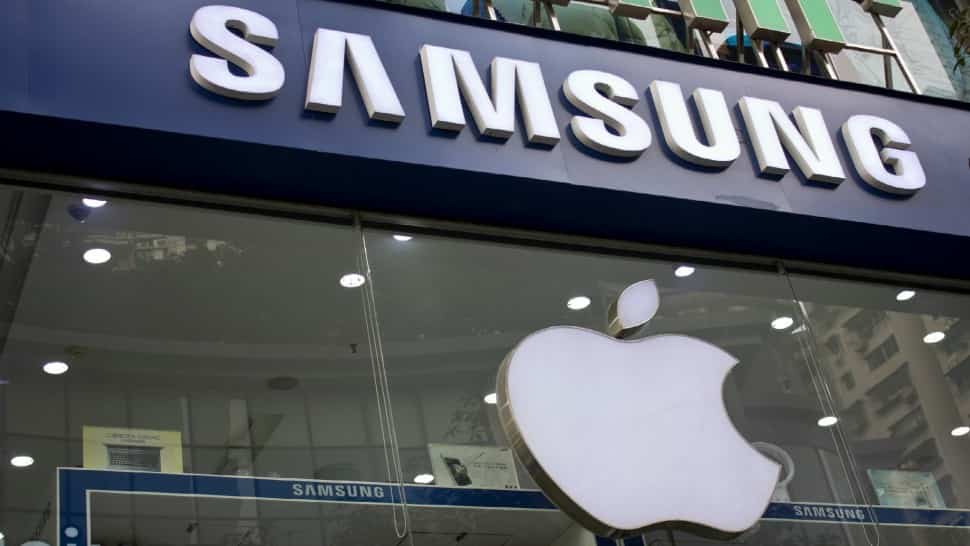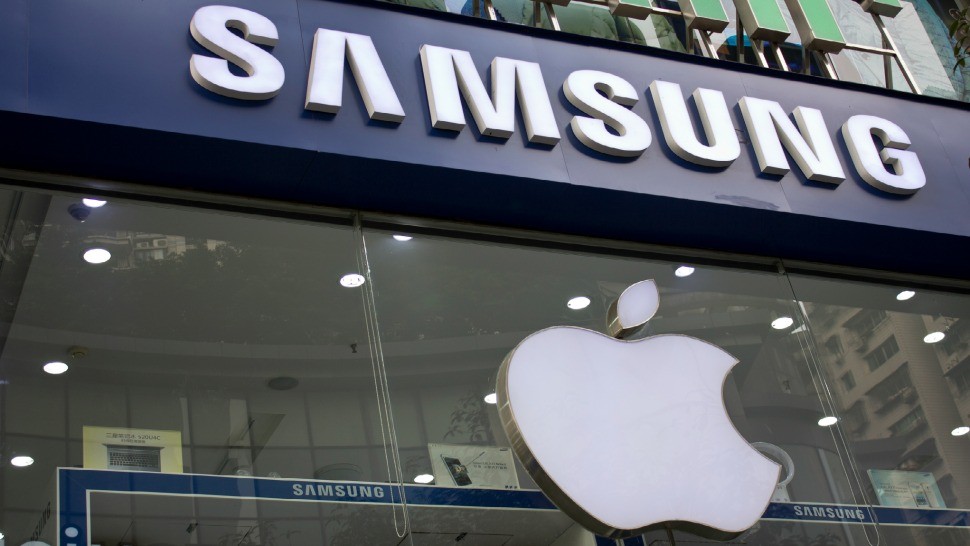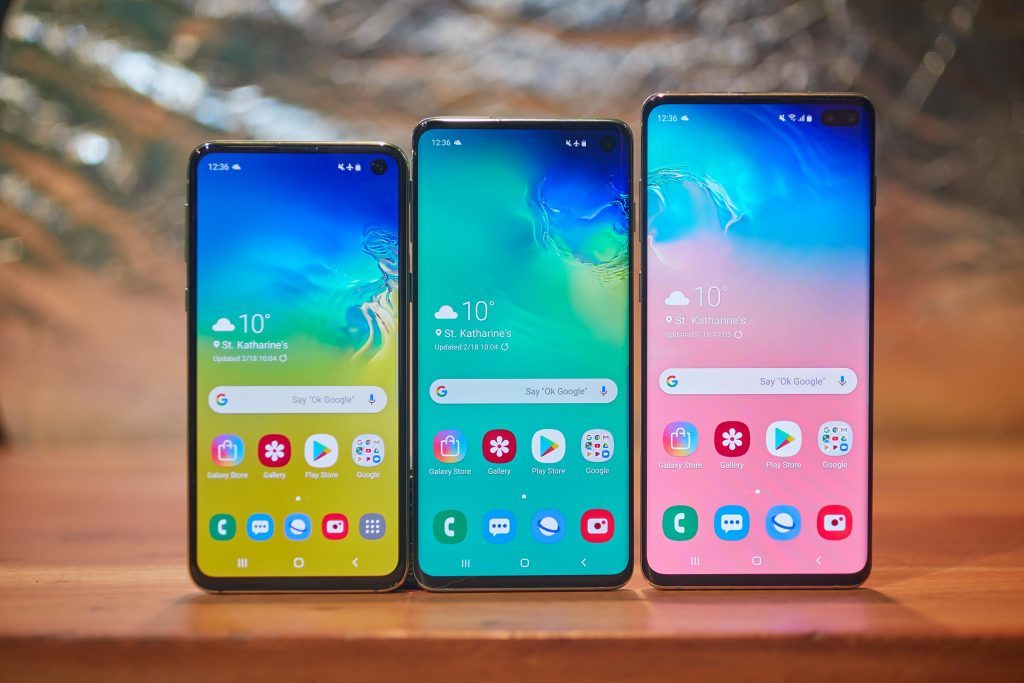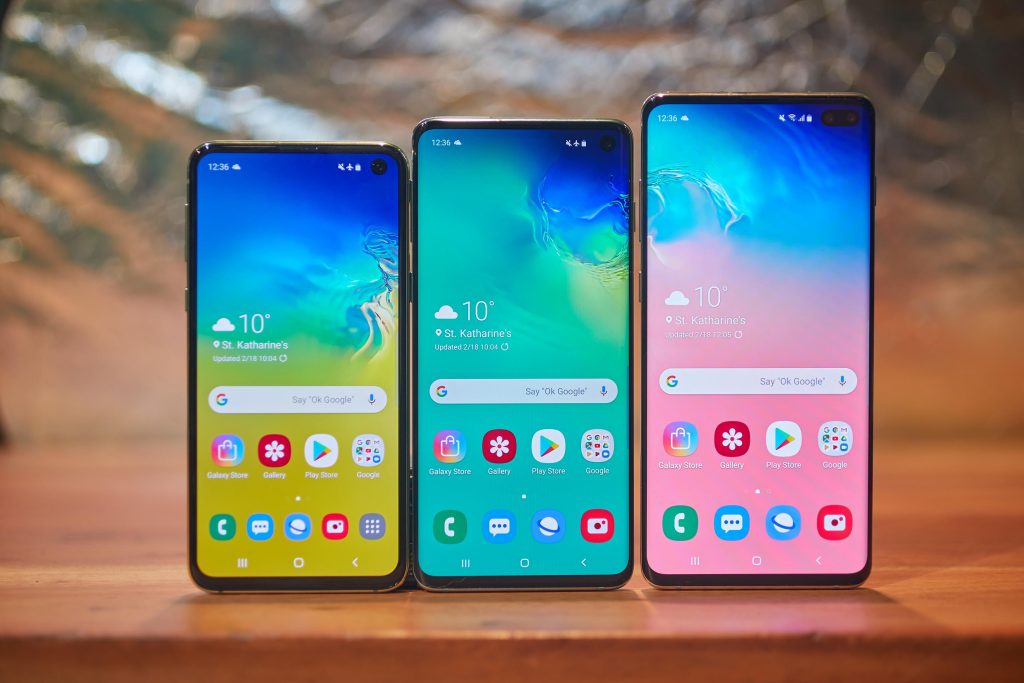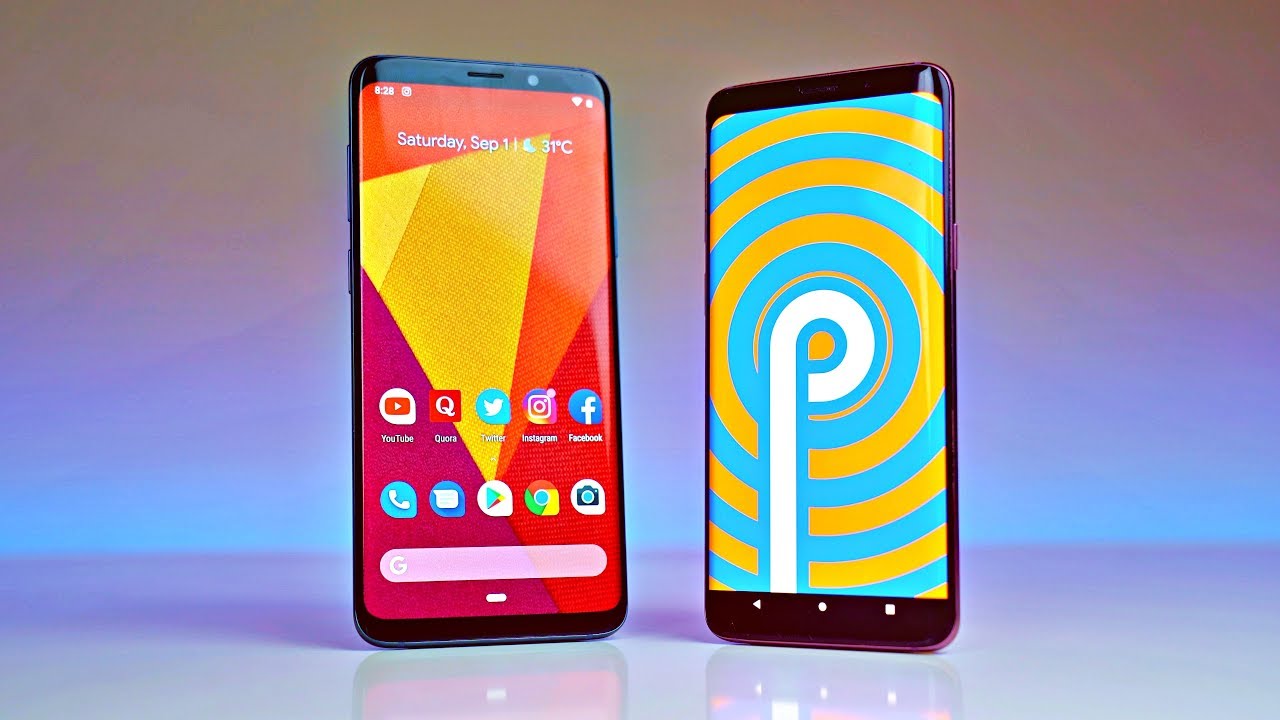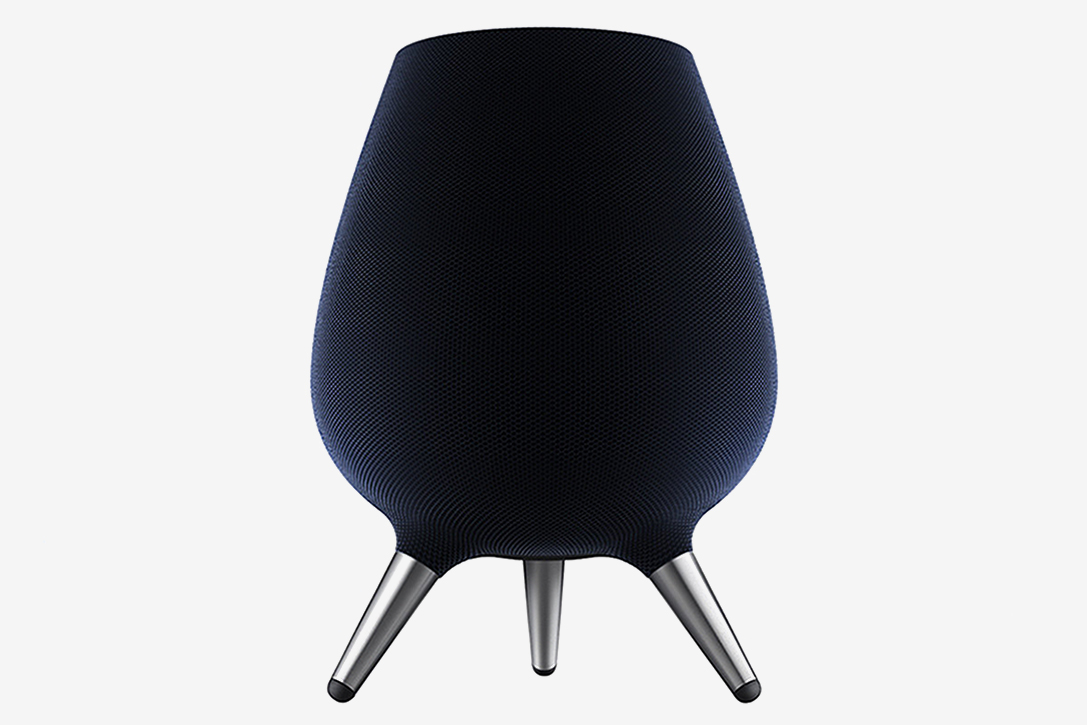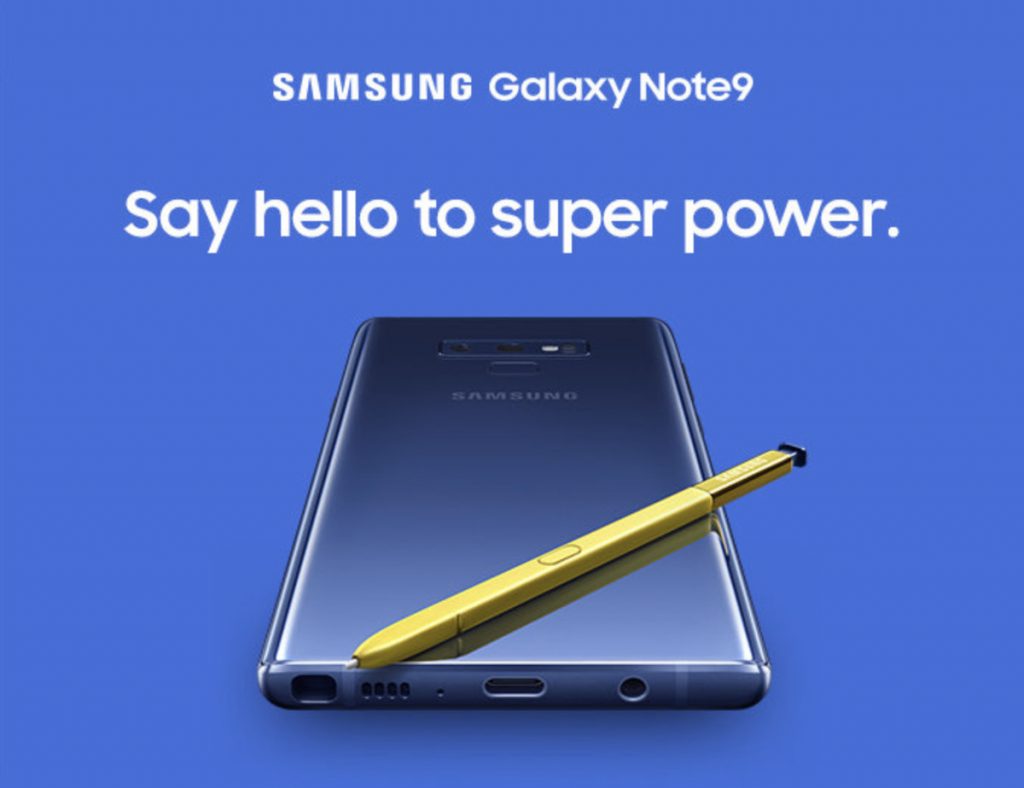Galaxy Fold : Samsung to Finally Launch its ‘Improved’ Foldable in September
Though not required, many of the smartphone development companies have announced their own foldable smartphones Samsung being one of the first to do so. Samsung had revealed that it is working on a foldable smartphone, Galaxy Fold, earlier this year, and even got to launch one. But the foldable from Samsung had numerous problems. This led to many controversies, and it became a fail.
But now the company has again come up with its foldable smartphone Galaxy Fold, and that, according to an announcement made by Samsung, will be launched in September. The company said that it has made all the required improvements to its Galaxy Fold, and it is ready for the launch.
“Earlier this year, we announced Galaxy Fold-Samsung’s first foldable device and the beginning of an entirely new mobile category. Since then, we’ve made improvements to the Galaxy Fold to ensure consumers have the best possible experience.” said one of the spokespersons from Galaxy Fold development division.
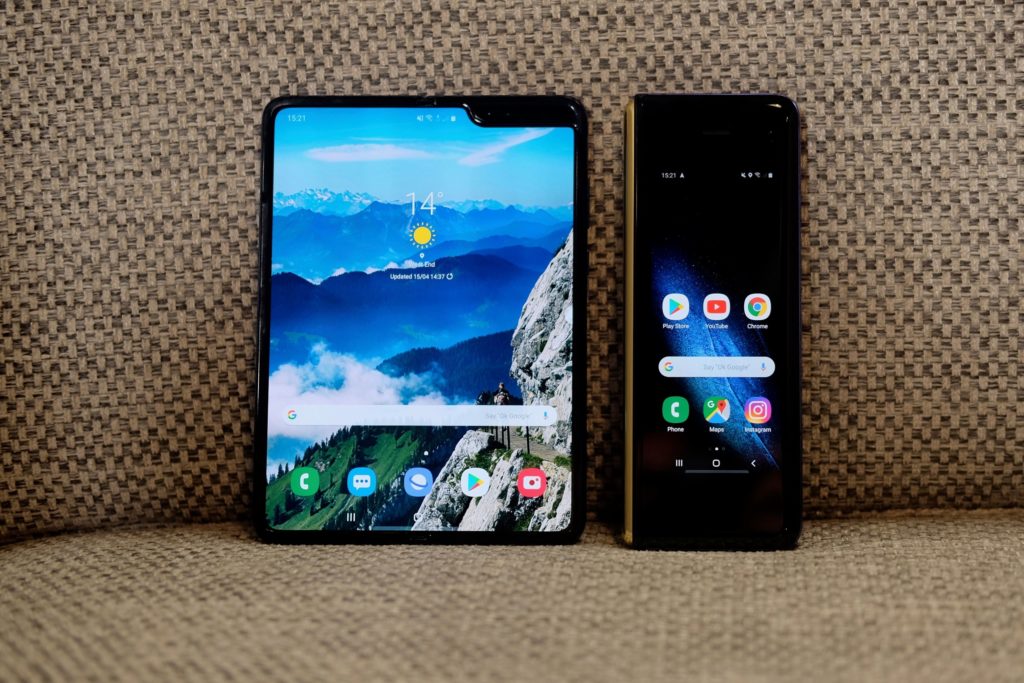
The main issue with the previous version of the foldable was the cracking of the screen when folded. But now the company has made some good changes to the smartphone that, according to the company claims, will protect the screen.
What are the New Improvements?
The foldable has a protective layer over the Infinity Flex Display. Samsung has extended this very protective layer beyond the bezel of the phone, making it attached to the phone. Thus the user cannot remove it by mere scratching.
The company has added the protection caps to the top and bottom of the hinge area of the smartphone. This way, it becomes even stronger. The company also took time to reduce the space between the body of the phone and the hinge.
To provide extra protection to the screen, Samsung has added an extra metal layer under the Infinity Flex Display.
“Samsung has taken the time to fully evaluate the product design, make necessary improvements and run rigorous tests to validate the changes we made,” said Samsung.
Reportedly, the company is aiming to improve the user experience and has even made some changes to the UX/UI of the smartphone. The company has not specified a particular date for the launch, but before September, it will be undertaking all sort of tests over the new Galaxy Fold.

Yashica is a Software Engineer turned Content Writer, who loves to write on social causes and expertise in writing technical stuff. She loves to watch movies and explore new places. She believes that you need to live once before you die. So experimenting with her life and career choices, she is trying to live her life to the fullest.
